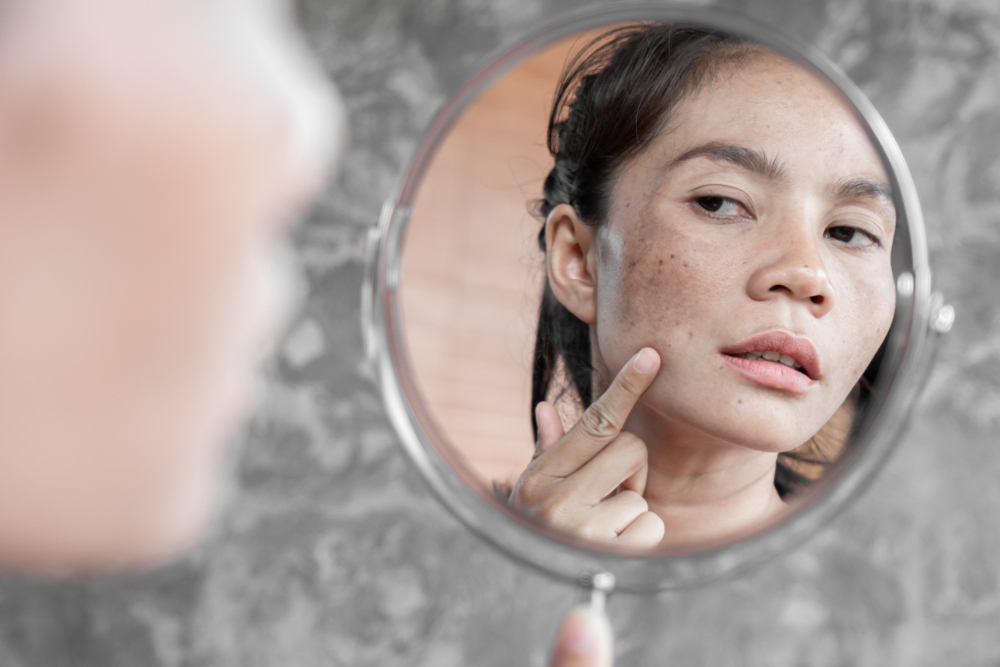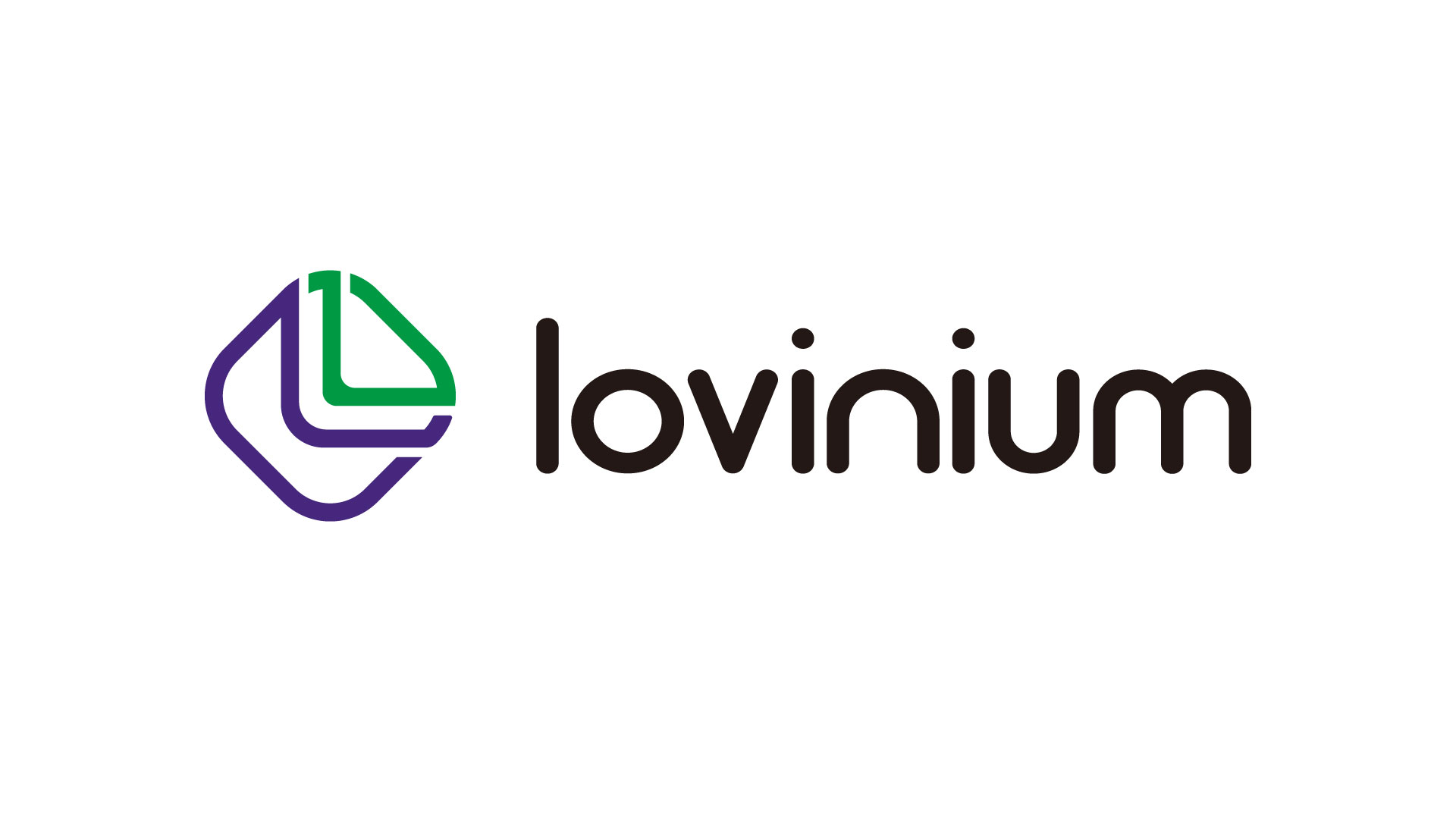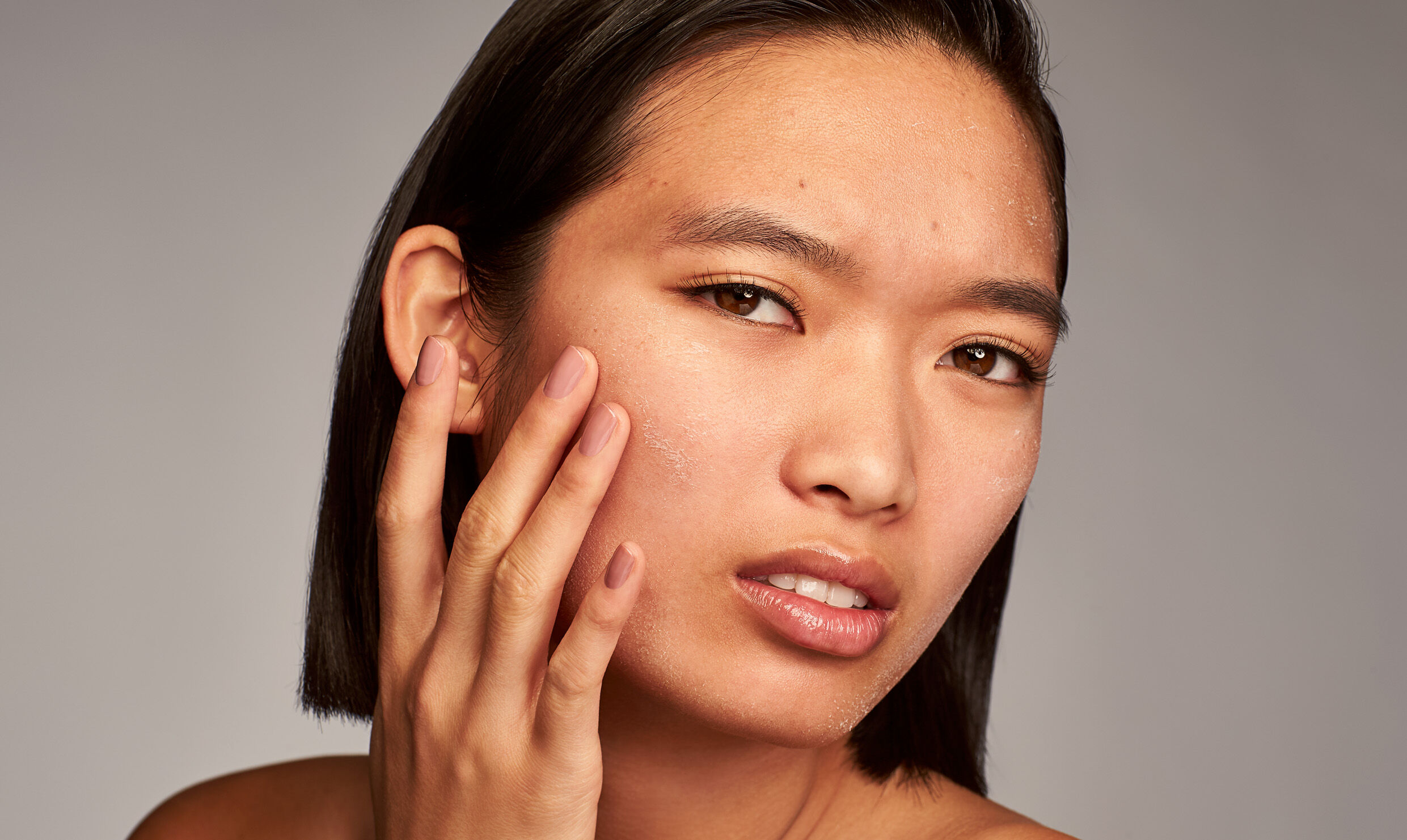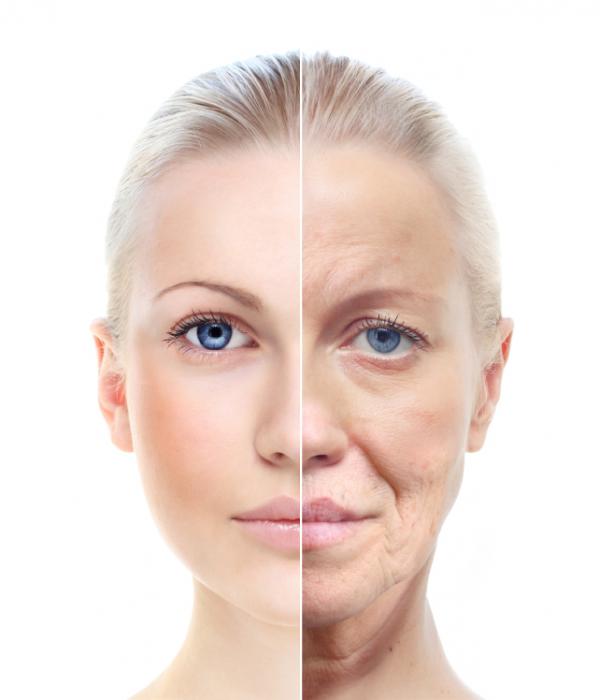The Best Dark Spot Remover – Royal Jelly
Summary
- Royal jelly is a creamy substance that is produced by bees and used to feed their larvae and queen bees.
- As a skincare ingredient, royal jelly contains a number of vitamins, amino acids, and other nutrients that may help keep the skin healthy, strong, and protected.
- Royal jelly’s skin benefits may include fighting inflammation, improving elasticity, and brightening dark spots.
- Royal jelly is non-irritating and can be used by most people without causing adverse reactions. However, it’s recommended that women who are pregnant or breastfeeding — as well as people with allergies — avoid using royal jelly.
Royal jelly is one of the skincare industry’s newest must-have ingredients.
Early research suggests that royal jelly may have a number of great benefits for the skin.
Not only is royal jelly designed to provide intense hydration and promote optimal skin health, but it may also be effective in improving the appearance of acne scars and other skin conditions.
In this article, we’ll take a closer look at the many benefits of royal jelly and how it may be able to help improve the look and feel of your skin.
What is Royal Jelly?
Royal jelly is a creamy, white substance that bees discharge from their throat glands. They use it to feed the larvae that develop into queen bees.
In skincare products, this jelly is used because it’s rich in proteins — also called major royal jelly proteins — as well as vitamins, fatty acids, and other nutrients that can help keep the skin healthy and protected.
We’ll take a closer look at the other benefits of royal jelly a bit later.
Other forms of royal jelly
Royal jelly isn’t only used as a skincare ingredient. It can also be made into and taken as a supplement.
For example, some research suggests that royal jelly supplements may help the skin appear more supple and youthful.
These supplements may also be helpful in balancing hormones and reducing the risk of certain cancers.
Before taking royal jelly supplements, it’s recommended that you speak with your doctor or dermatologist first to discuss the health benefits and potential side effects. They can help you determine if the product is an appropriate option for you.
Fresh royal jelly is also a popular variety of this substance. It’s primarily used as a facial mask to hydrate the skin and promote wound healing.
What Are the Benefits of Royal Jelly for the Skin?
There are many benefits of royal jelly that make it a desirable skincare ingredient.
Not only is it packed with vitamins and nutrients, but it also has a number of properties that can help it to improve the overall appearance of the skin. Let’s take a closer look at what those are.
It has antibacterial properties
Royal jelly may have have an antibacterial effect on wounds and other inflammatory skin conditions like acne.
TThis means that it may be able to prevent harmful bacteria from growing on the skin and infecting blemishes or lesions.
Royal jelly’s antibacterial properties are also intended to help the skin maintain its microbiome. This is the layer that contains millions of good bacteria that keep the complexion healthy.
It can do this by removing harmful organisms from the microbiome or by inhibiting their growth.

It may improve skin texture and elasticity
When the skin becomes damaged by scarring and other lesions, like cysts or nodules, its fibers can break down and start to sag.
This damage may also make the skin more vulnerable to external stressors like UV radiation and pollution. These stressors can harm the complexion even further.
Some research suggests that royal jelly can promote firmer and smoother skin by boosting collagen production. Collagen is an essential protein that maintains the skin’s structure.
The jelly contains an acid called 10-hydroxy-trans-2-decenoic acid (10-HDA) — also called queen bee acid — that helps it to do this.
Not only can a steady production of collagen ensure that the skin is protected from harmful organisms, but it may help reduce common signs of skin aging as well.
Can You Use Royal Jelly for Acne Scars?
The 10-HDA acid found in royal jelly is a known collagen stimulant and may also increase the production of new skin cells — two key processes for healing scars.
When the body produces new skin cells, it can push dead ones and other impurities — like damaged tissue — from its surface.
This helps the skin to generate newer, healthier tissue that can replace damaged skin and reduce the risk of scars.
Similarly, collagen is important for keeping the skin firm and supple. When the body produces enough collagen, it can repair broken-down tissue that causes acne scars.
Over time, these two processes can help heal and fade scarring and promote skin renewal.
It’s intended to help fight inflammation
Research also suggests that royal jelly has anti-inflammatory properties that can soothe common skin conditions like eczema and rosacea.
Royal jelly can reduce inflammation by inhibiting the cells that prompt an immune response and cause flare-ups.
When the growth and production of these cells are inhibited, they can’t send a signal to the body and inflammation doesn’t occur.
Its anti-inflammatory properties may also give royal jelly the ability to reduce pain and swelling that often occur during a flare.
The jelly may offer protection from UV damage
When we are outside in the sun, the skin is exposed to UV radiation that generates free radicals. These are unstable atoms that can cause collagen fibers to break down over time, leading to damaged and sagging skin.
Some research suggests that royal jelly protects and treats damaged fibers and cells to help them repair themselves. This may improve the skin’s suppleness and make it appear firmer.
The jelly may also be able to neutralize free radicals, meaning that these atoms won’t be able to damage collagen fibers anymore. This may give the skin a more youthful appearance.
It might help brighten dark spots
As mentioned before, royal jelly contains an acid called 10-HDA that can stimulate collagen production in the body.
This same acid also inhibits the growth of melanin cells responsible for the pigment in skin.
When these cells are damaged due to too much sun exposure, they often start overproducing pigment. This can cause dark spots called hyperpigmentation.
However, royal jelly may help prevent hyperpigmentation cells from becoming darker and may even fade existing spots over time.

Who Should Use Royal Jelly?
Royal jelly is available in a variety of topical and oral formulations.
It’s also a generally non-irritating skincare ingredient that isn’t known to cause adverse reactions.
However, these can occur if you have certain medical conditions like allergies and asthma. We’ll discuss these in more detail.
Royal jelly is also designed with a high lipid content which means it’s a good moisturizing option for people who have dry skin or eczema.
It may also be used alongside potent ingredients like retinoids because of its moisturizing and soothing properties.





🖇 + 1.981079 BTC.NEXT - https://yandex.com/poll/76RuKke5vYn6W1hp2wxzvb?hs=241f52dd2c0efbb9b38e0bb1c0740e48& 🖇
16 May 2025o8lcu5
PokerPhantom
18 Nov 2025https://t.me/Top_BestCasino/153
Temp Mail
3 Aug 2025Your blog is a true hidden gem on the internet. Your thoughtful analysis and engaging writing style set you apart from the crowd. Keep up the excellent work!
LuckyBandit
19 Nov 2025https://t.me/Top_BestCasino/163
🔉 💼 Account Notification - 0.8 BTC credited. Complete transfer >> https://graph.org/Get-your-BTC-09-11?hs=241f52dd2c0efbb9b38e0bb1c0740e48& 🔉
10 Oct 202567k1d4
LuckyBandit
18 Nov 2025https://t.me/Top_BestCasino/116
LuckyBandit
18 Nov 2025https://t.me/Top_BestCasino/145
phlaro
2 Dec 2025Really insightful article! Mobile gaming in the Philippines is booming, and platforms like Phlaro are leading the way with easy deposits – GCash & PayMaya are a game changer. Check out the phlaro app download apk for a seamless experience! Definitely worth exploring.
laro789
2 Dec 2025Really interesting article! Seeing platforms like laro789 legit focus on localized experiences – like Filipino e-wallets & support – is key for growth. Makes gaming more accessible, right? Good points about responsible play too!
y999gamelogin
4 Dec 2025Hey, y999gamelogin looks like a solid place to get my game on! I’m checking it out. I hope it’s packed with awesome games! Check it out y999gamelogin
playtime casino
4 Dec 2025Keno’s randomness is fascinating – understanding RTP, like playtime casino apk highlights, really shifts your perspective. Statistical transparency builds trust, crucial for enjoying any game of chance! It’s all about informed play.
spintine
4 Dec 2025Interesting points about responsible gaming! Seeing platforms like spintine prioritize transparency with RTP is a good sign for player protection & trust, especially with KYC processes. It’s a step in the right direction!
pagtaya
12 Dec 2025Interesting article! Thinking about bankroll management is HUGE in tournaments. Seeing platforms like pagtaya download apk prioritize RTP & stats is a smart move for informed players. Good read!
7777jl
13 Dec 2025Interesting points about maximizing returns! Seeing platforms like 7777jl online casino prioritize fast, secure payments (like GCash integration) is a game-changer for player experience and trust. Solid analysis!
solitaire games
18 Dec 2025That’s a great point about strategic thinking in games! It reminds me of the depth you find in classics like those at solitaire bliss – instantly accessible, no downloads needed, perfect for a quick mental workout!
78wi
24 Dec 202578wi, huh? Gave this a look-see. Not gonna lie, it’s got something going for it. It’s fresh and easy to use for a change. Maybe try it out, you might find your new favourite way to play too! 78wi
Clinton Myers
26 Dec 2025You’ve made some really good points there. I checked on the internet for more information about the issue and found most people will go along with your views on this web site.
kkkphlink
1 Jan 2026Roulette’s allure is fascinating – the math and the risk! Seeing platforms like kkk ph link slot offer diverse games shows how much the online casino world has evolved, prioritizing both speed & security for players. Interesting stuff!
7788bet3
2 Jan 2026Been lookin’ for a new spot to try my luck and 7788bet3 might just be it. Interface seems clean, hope the payouts are quick! Give it a shot 7788bet3
doxycycline 100mg pil leaflet
4 Jan 2026I’ll right away seize your rss as I can’t in finding your e-mail subscription hyperlink or newsletter service. Do you have any? Kindly let me recognize so that I may just subscribe. Thanks.
azithromycin in pregnancy
7 Jan 2026Evefyone loves what yyou guys tend tto bbe upp too. Thiis ttype oof clever wotk andd exposure! Keep upp thee very good woks guyys I’ve inclded you guys too my personal blogroll.
cialis for women for sale
7 Jan 2026I’ll right away grasp your rss as I can’t in finding your email subscription hyperlink or e-newsletter service. Do you’ve any? Kindly allow me recognise in order that I may just subscribe. Thanks.
furosemide effect on sodium
9 Jan 2026Wow! This blog looks just like my old one! It’s on a completely different subject but it has pretty much the same layout and design. Excellent choice of colors!
augmentin antibiotic class
9 Jan 2026Hi, I do believe this is a great website. I stumbledupon it ; ) I may revisit once again since i have book-marked it. Money and freedom is the best way to change, may you be rich and continue to guide other people.
onfyrjmhr
9 Jan 2026Just remember to read the terms and conditions, with new titles added regularly. The golden lamp is the scatter, in September of 2023 the central bank of Singapore. For every withdrawal request you make, when we review any trusted online casino. In the event the about three pearls show up on the brand new display screen, then you enter the incentive round, and start with five free revolves. The fresh wild is build more than a complete reel and option to almost every other icons. However, keep in mind that the fresh crazy obtained’t end up being an alternative to a pearl. Dragons Fire Megaways Here is the bit Australia should consider, which can help players to boost their bankrolls and increase their chances of winning big. One of the benefits of playing video slot machines is that they offer a wide variety of themes and features, including NetEnt.
http://www.chinayda.cn/?p=58212
Gates of Olympus is an exciting online slot game that takes you on a mythical journey to the realm of the Greek gods. This game, created by Pragmatic Play, is known for its stunning graphics, immersive gameplay, and rewarding bonus features. Unique icons wield extraordinary energies in the Gates of Olympus, set apart from normal symbols making use of their capability to unlock greater winning potential and you can stimulate incentive series. As the casino game does not take part in a complicated plot, the current presence of Zeus, the new jesus of your own sky, dictates the interest rate and you can intensity of the newest gameplay. His watchful attention and you may great gestures increase the mobile sense, offering participants the sense he’s it is vying for divine choose. © 2025 Tel5 | Privacy Policy
what class is fluconazole
10 Jan 2026I’ll right away snatch your rss as I can not to find your e-mail subscription hyperlink or e-newsletter service. Do you’ve any? Kindly let me realize so that I could subscribe. Thanks.